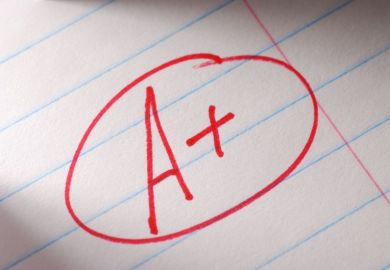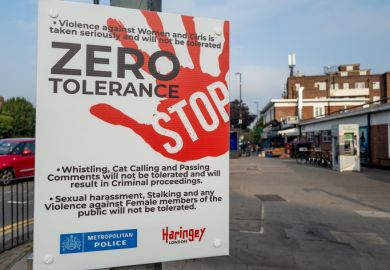It is well known that women remain underrepresented in the professoriate, as well as in academic executive and faculty head positions, despite equity policies aimed at gender parity within academia. Women represent just 29 per cent of academics above senior lecturer level in Australia.
Globally, women still struggle to reach the highest roles within academia. A more nuanced understanding of women in university leadership positions is required, including the struggles that diverse women face in their university careers. In 2016 there were just 850 full-time or fractional full-time Aboriginal and Torres Strait Islander women employed within Australian universities. There were 232,616 Indigenous women aged 18 years and over estimated to be living in Australia in 2017 (the majority living in urban and regional areas).
Black women, in and out of universities, are still gendered, raced, classed, colonised and sexualised “others”, often carrying family and caring responsibilities. Consider that in 2013, of the UK’s 18,500 professors, reportedly just 17 were Black women. Only 15 UK university executive positions were held by a Black man or woman.
As a young Aboriginal woman, I am acutely aware of the position I hold within the Australian academy. I constantly challenge the lack of Black female leadership in all the academic spaces I work and study within, and recently spoke to delegates at the Times Higher Education Young Universities Summit, asking them to interrogate how university leadership may reflect unspoken and unnoticed racist and discriminatory discourses.
By considering how broad-stroke gender targets may enable the inclusion, exclusion and participation of certain women, I believe more Black women can be empowered to reach the leadership positions they are capable of excelling in.
Australian universities still have a way to go before they become places where Indigenous peoples are welcomed and valued. Indigenous knowledge systems, pedagogy and forms of governance and leadership have historically found no acknowledged place within the Australian university system. Yet Indigenous women continue to challenge and work towards making change within higher education, using our sense of resourcefulness, humour and negotiation skills.
More than a decade ago, the Indigenous Higher Education Advisory Council (IHEAC) argued that “few things are more critical to the long-term advancement of Indigenous people than increasing the number of Indigenous people in university leadership roles...It is essential to devise ways to encourage universities to focus on institutional leadership”. Yet today, few Australian universities have Indigenous women in executive positions.
There are also more Indigenous men at professorial and senior lecturer levels than Indigenous women employed in our higher education sector, this imbalance further compounding the fact that, according to a paper, there are very few “Indigenous women from the small percentage of Indigenous women and men in the academy who have managed to be recognised for their individual and academic performance. It is these women who are ‘named up’ when the issues of equity and the need for specific strategies are discussed. It needs to be remembered however that some 5 to 10 women or so do not represent the numbers of Indigenous women struggling within the institutions in which they work”.
Recent research indicates that women are more naturally suited to positions of leadership in universities than men. However, Black women are not always specifically considered when discussing gender equity within higher education. While evidence shows that women, as a diverse population, have higher capacity for relating to others, the traits that make Indigenous women so effective in leadership are rarely considered.
Colonisation, assimilation, racism and sexism continue to present barriers toward Indigenous women taking up the leadership roles they are equipped for. Universities must take considered and continued action to ensure Indigenous women’s equity, especially at the highest levels of the academy.
Without specific targets ensuring Indigenous equity within gender equity policies, gendered racial oppression will continue within higher education, with such actions continuing the privileging of white women and subjugation of Black women. If vice-chancellors and university boards are unwilling to share power and leadership with women of colour, they are blocking equity and diversity. We must name these practices within our institutions, and then address them with specific targets in our gender parity policies to ensure that all women are given the opportunity to excel and lead within the academy.
Jessa Rogers is assistant professor in teacher education and Fullbright scholar 2017 at the University of Canberra.
Register to continue
Why register?
- Registration is free and only takes a moment
- Once registered, you can read 3 articles a month
- Sign up for our newsletter
Subscribe
Or subscribe for unlimited access to:
- Unlimited access to news, views, insights & reviews
- Digital editions
- Digital access to THE’s university and college rankings analysis
Already registered or a current subscriber?





